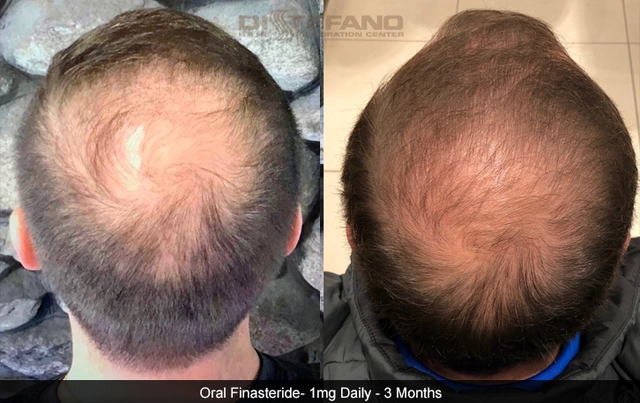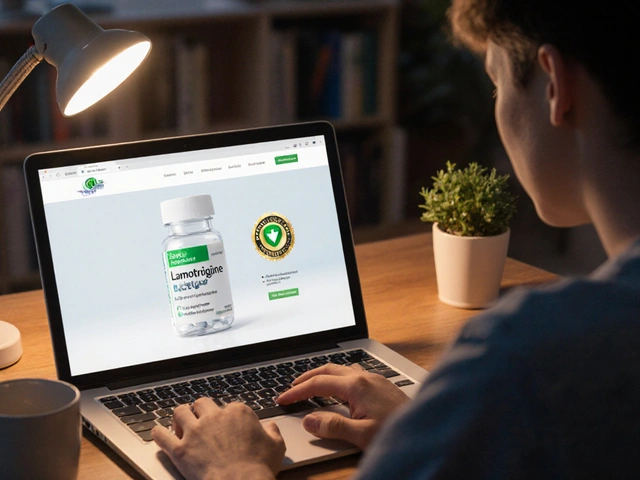Stroke Prevention – Simple Steps to Keep Your Brain Safe
If you’ve ever heard someone say a stroke can happen in minutes, you know why it feels scary. The good news? Most strokes are preventable with everyday choices. Below you’ll find clear actions you can start today—no medical degree needed.
Everyday habits that cut stroke risk
First up, food. Swapping sugary drinks for water or unsweetened tea cuts excess calories and helps keep blood pressure down. Aim for a plate half full of veggies, a quarter protein (fish, beans, or lean meat), and the rest whole grains. Those fiber‑rich carbs slow sugar spikes and keep cholesterol in check.
Next, move your body. You don’t have to run marathons; a brisk 30‑minute walk most days does wonders. If you’re short on time, break it into three 10‑minute sessions—your heart and brain will thank you. Consistency beats intensity for long‑term protection.
Smoking is another big player in strokes. Even occasional cigarettes raise clot risk. Quitting might feel tough, but every cigarette you skip drops your danger level. Use nicotine patches or apps if you need a boost; the payoff shows up fast in blood pressure and circulation.
Medical checks you shouldn’t skip
Know your numbers. High blood pressure is the top cause of stroke, and many people don’t realize they have it. A quick check at the pharmacy or doctor’s office can catch it early. If it’s high, work with your provider on lifestyle tweaks and, if needed, medication.
Diabetes also raises stroke odds. Keep blood sugar steady by eating balanced meals and staying active. Regular A1C tests let you see trends before they become a problem.
Lastly, cholesterol matters. An easy blood test tells you if ‘bad’ LDL is too high or ‘good’ HDL is low. If diet changes aren’t enough, your doctor might suggest a statin—many people take them safely for years to protect the brain.
Putting it all together doesn’t have to feel overwhelming. Pick one habit this week—a daily walk, a sugar swap, or booking a blood pressure screening—and build from there. Small steps add up, and each choice lowers your chance of a stroke.
Is dipyridamole cost-effective for stroke prevention in 2025? Clear answer, evidence, real-world costs, and a simple decision guide for Australia and beyond.
View Details

